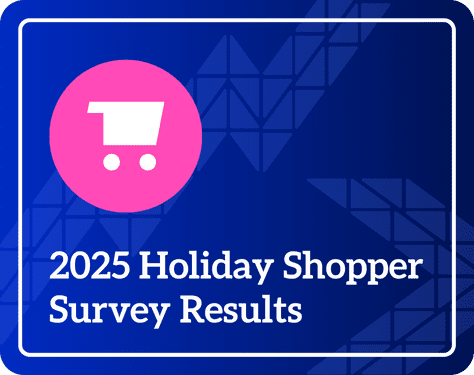Monetate for Merchandisers is the industry’s only solution with integrated product recommendations, social proof marketing, dynamic bundling, product finders, and personalized search.
Dallas, TX – February 27, 2024 — Monetate, the leading personalization platformOpens a new window that helps build personal and meaningful digital connections between eCommerce brands and their global customers, is proud to announce the launch of Monetate for MerchandisersOpens a new window, a groundbreaking product offering designed to help eCommerce and digital merchandising teams deliver category-defining customer experiences.
Monetate for Merchandisers represents a significant advancement in the realm of eCommerce, marrying the power of artificial intelligence with a comprehensive suite of merchandising tools, buoyed by a robust AB and MVT testing framework. By leveraging Monetate, businesses can better address key online merchandising responsibilities such as enhancing product findability, increasing catalog exposure, and reflecting distinct brand value across the shopper journey, while being able to continually draw customer insights and optimize for KPIs like Conversion Rate (CVR) and Average Order Value (AOV).
“Monetate for Merchandisers represents a paradigm shift in how companies approach merchandising in a digital age,” said Brian Wilson, CEO of Monetate. “By combining the best of AI-driven product recommendations with personalized search and an array of other powerful tools, we’re empowering businesses to exceed their merchandising goals while providing an unparalleled shopping experience for their customers.”
The announcement of Monetate for Merchandisers has been made official at eTail Palm Springs 2024 and comes on the heels of the launch of Monetate Dynamic BundlesOpens a new window, enabling the automation of ‘Complete the Look’ product sets. The full suite includes:
- Monetate Product Recommendations
- Monetate Personalized Search
- Monetate Dynamic Bundles
- Monetate Social Proof
- Monetate Product Finder
- Monetate Product Badging
- Monetate Testing & Experimentation
“Merchandisers have always brought retailers a unique ability to use shopper insights to differentiate from their competition,” said Andrew Koperwas, Chief Marketing Officer at Monetate. “Monetate enables merchandisers to combine their curation and shopper expertise with powerful machine learning, all built on top of a powerful testing and experimentation engine to prove success.”
All components of Monetate for Merchandisers are also available as their own add-on module, which can be added to Monetate’s product packages. For more information about Monetate for Merchandisers, visit www.monetate.comOpens a new window or visit Monetate at eTail Palm Springs this week at Booth #614.


